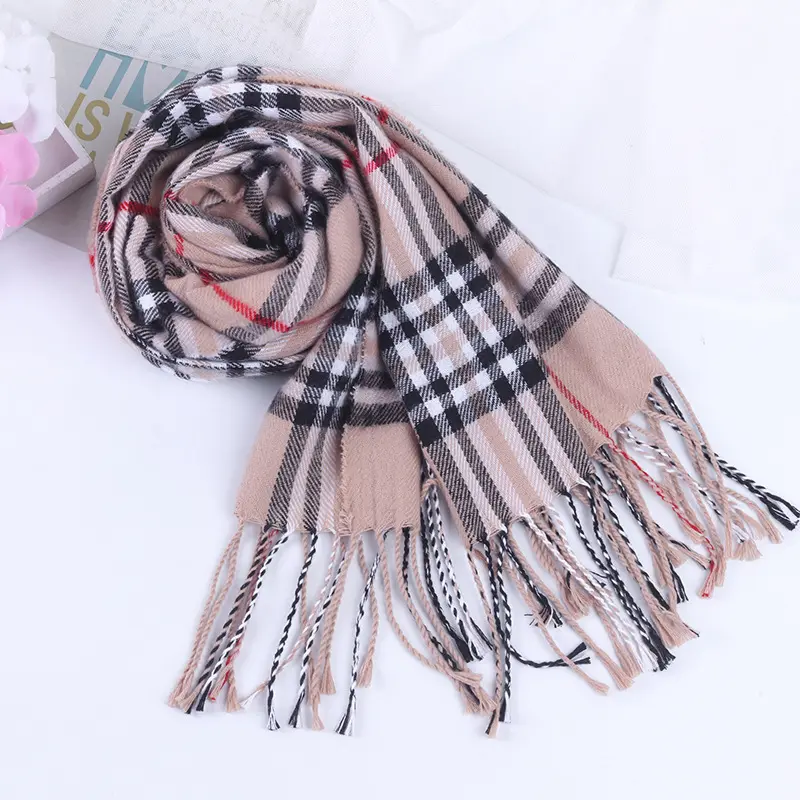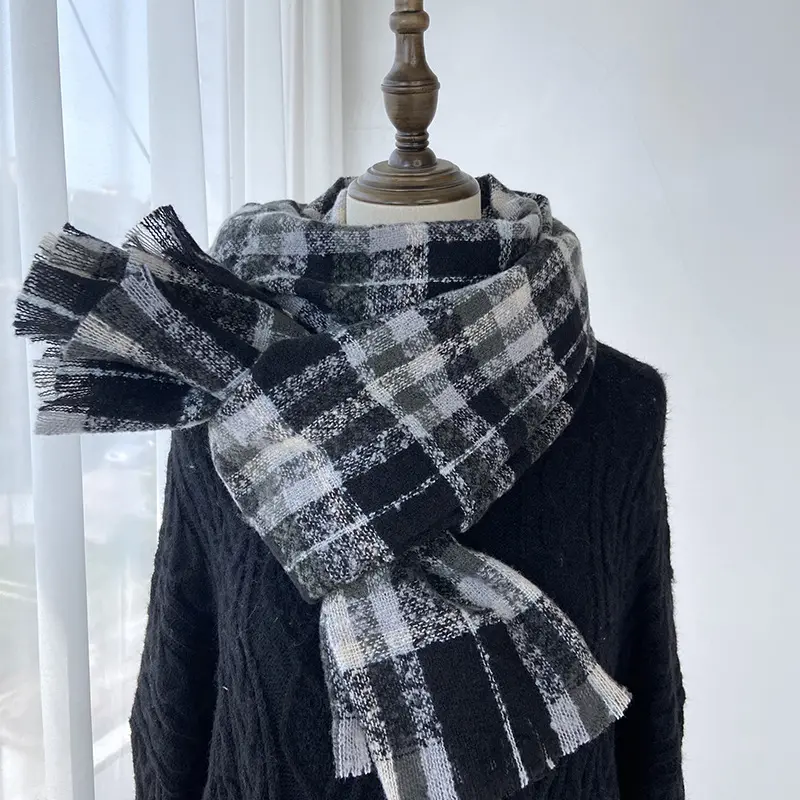Artificial silk scarves, often made from synthetic materials like polyester or rayon, offer certain qualities and sustainability aspects:
1. Quality and Durability:
- Artificial silk scarves are generally durable and long-lasting. Synthetic fibers like polyester are resistant to stretching, wrinkling, and shrinking, ensuring the scarves maintain their shape and appearance over time.
2. Color Retention:
- Synthetic fibers used in artificial silk scarves tend to retain color well. This means the scarves can maintain their vibrant colors even after multiple washes or prolonged exposure to sunlight.
3. Ease of Care:
- They are often easier to care for compared to natural silk. Many artificial silk scarves are machine-washable, requiring less delicate handling and maintenance, which contributes to their longevity.
4. Sustainability Considerations:
- While synthetic fibers have environmental drawbacks due to their production processes and non-biodegradability, efforts are made to produce more sustainable artificial silk scarves.
5. Eco-Friendly Options:
- Some manufacturers use eco-friendly materials or employ sustainable production practices to create artificial silk scarves. This includes using recycled polyester or incorporating eco-conscious manufacturing processes.
6. Reduced Environmental Impact:
- Efforts to recycle plastic bottles into polyester fibers for artificial silk scarves contribute to reducing waste and environmental impact by repurposing materials.
7. Animal-Friendly Choice:
- For those concerned about ethical considerations, artificial silk scarves provide an animal-friendly alternative to natural silk, as they do not involve the use of silk from silkworms.
8. Innovation for Sustainability:
- Ongoing research and innovations focus on developing more sustainable synthetic fibers and production methods for artificial silk, aiming to reduce environmental harm in their manufacturing.
While artificial silk scarves offer durability and often a more accessible price point compared to natural silk, their sustainability varies based on the materials used and the production processes employed. Efforts are underway in the textile industry to enhance the sustainability of synthetic fibers, making strides toward more eco-friendly options in artificial silk scarves.



